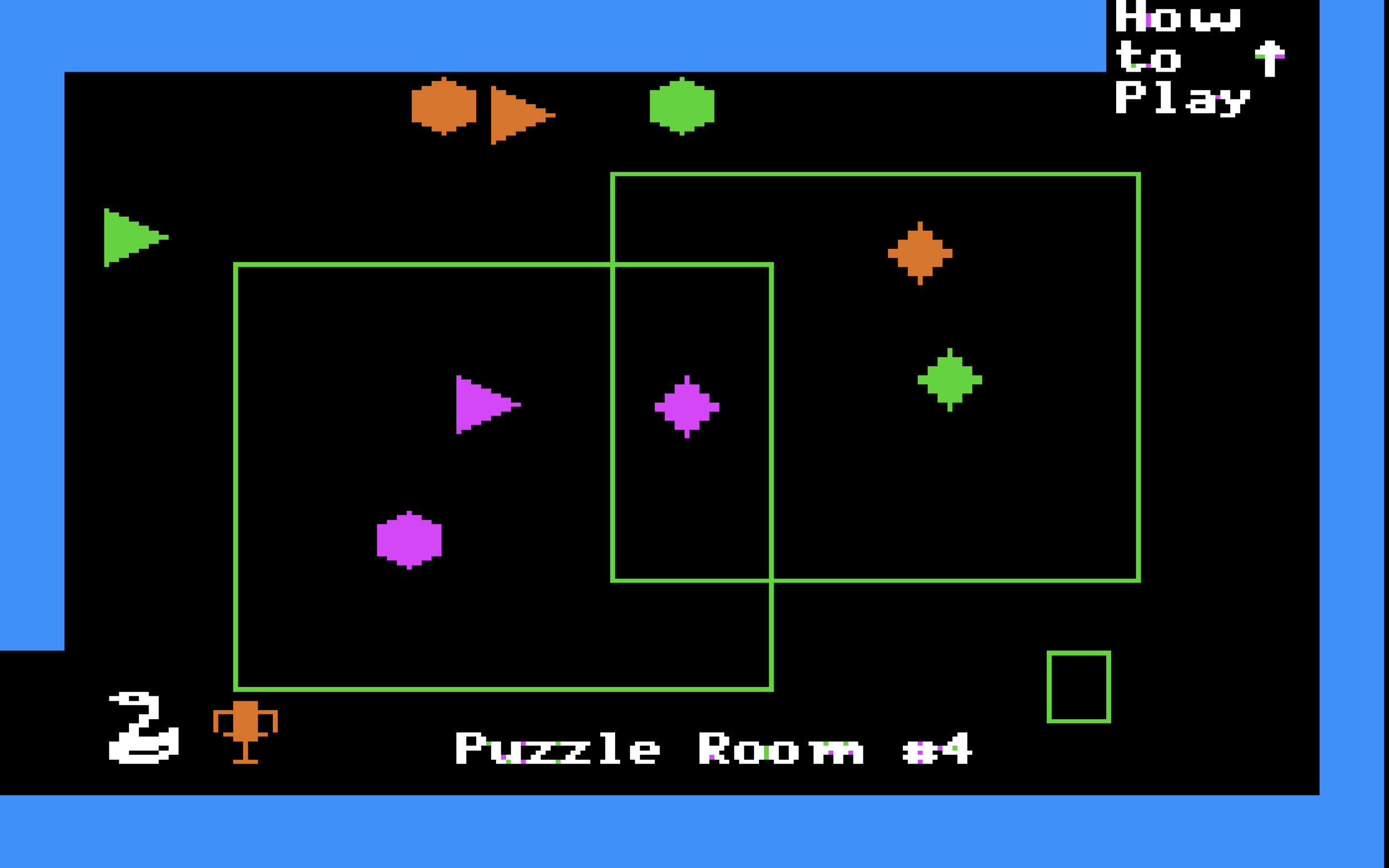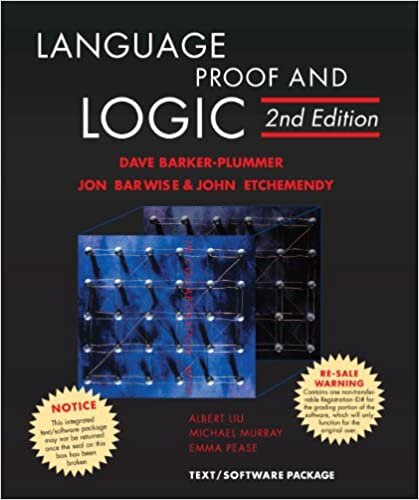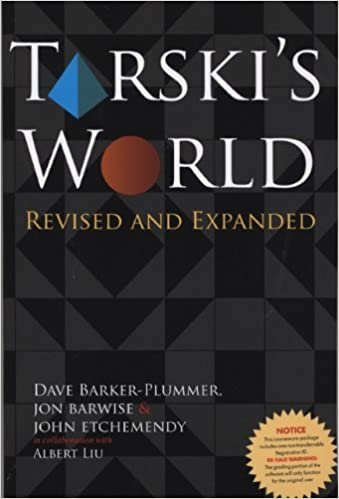Gertrude's Secrets: How a 1984 Apple II Educational Video Game Taught Me Logic and Shaped My Career as a Philosopher
When I was in first grade at Orchard Elementary School in Vacaville, California in the early 1980s, my first-grade teacher, Mrs. Jordan, had an Apple II computer in her classroom. This was in the era before teachers really knew what to do with computers in the classroom, but they were ubiquitous because of Apple’s “Computers in the Classroom” program, which led to a surplus of Apple II computers in California classrooms. (You can read about this history of Apple II computers in the classroom in the following article by Audrey Watters:
In first grade, my favorite game on the Apple II was Gertrude’s Secrets, a 1984 edutainment game by The Learning Company designed by Teri Perl, Leslie Grimm, and Warren Robinett (the programmer of the Adventure game cartridge for the Atari 2600). Although I didn’t realize it at the time, Gertrude’s Secrets, despite its 1980s video game veneer, was teaching me some of the key concepts in logic, such categorical reasoning, Venn diagrams, arrays, and sequential reasoning, all using shapes and colors instead of the more cryptic symbolic notation that I would later encounter as a logic student and that I eventually teach as a logic instructor.
Puzzle Types in Gertrude’s Secrets
Loop Puzzles (Venn Diagrams)
(Loop puzzles in Gertrude’s Secrets are essentially two-region Venn diagrams with colors and shapes.)
I didn’t realize this when I was in first grade, of course, but the loop puzzles in Gertrude’s Secrets are essentially two-category Venn diagrams with the Venn diagram being represented by squares instead of the usual circles (presumably because squares were easier to program on the Apple II). Each of the two Venn diagram squared-circles (to use a professional wrestling term) may represent a color (blue things, orange things, green things, etc.) or a shape (square things, triangular things, diamond-shaped things, etc.).
The goal of loop puzzles in Gertrude’s Secrets is to correctly categorize the puzzle pieces through trial and error, placing the pieces into the correct Venn diagram regions and discovering what each region is supposed to represent in the process. For example, in the screenshot above, the left square represents magenta-colored things and the right square represents diamond-shaped things. Therefore, the magenta-colored diamond goes in the intersection of the two Venn diagram squares.
Train Puzzles (Sequential Reasoning)
(Train puzzles in Gertrude’s Secrets are effective at teaching the basic concept of sequential reasoning.)
In train puzzles, the object is to arrange the puzzle pieces into a sequence in which each new puzzle piece in the train differs from its predecessor by one attribute (such as shape or color, as in the screenshot above) or by both attributes. For example, in the screenshot above, the rectangle in the top left of the screen contains a magenta-colored hexagon, but the subsequent piece to its right is a magenta-colored triangle, which is different by a single attribute: it is the same color but a different shape.
Although a puzzle like this, suitable for first-graders, is not as robust as a logic proof in propositional and/or predicate logic, the process itself of thinking sequentially in a series of steps is inherently valuable for learning the basic concepts both of logic and of programming (i.e., coding), and perhaps of problem-solving in general.
Array Puzzles (Categorization)
(Array puzzles in Gertrude’s Secrets are helpful for learning categorization and the concept of an array in mathematics or computer programming.)
In array puzzles, the object is to correctly arrange the game pieces into an array in which each row and column represents a different color or shape, respectively. For example, in the screenshot above, the vertical columns represent shapes (hexagons, triangles, and squares, from left to right) while the horizontal rows represent colors (orange things, green things, and blue things, from top to bottom).
There is naturally some overlap (pardon the pun) with the Venn-diagram-like loop puzzles described above, but the concept of an array, of course, if useful both in mathematics and in programming. Array puzzles in Gertrude’s Secrets are available either in a 3 × 3 array or in a slightly-more-difficult 4 × 4 array.
Where to Find and Play Gertrude’s Secrets
Gertrude’s Secrets fascinates me to this day, both because of its simple elegance from an instructional design standpoint (I’ve written elsewhere of the instructional design principles that can be discerned from Gertrude’s Secrets: Instructional Design Lessons for Today from 1980s Edutainment Software: Gertrude’s Secrets) and because of its effectiveness at priming my young mind for a future career as a philosopher and logician who excels in abstract reasoning. It sounds overly simplistic, but I have no doubt that Gertrude’s Secrets is at least partially responsible for my having become a philosopher, logician, and a formal logic instructor later in life.
The logic puzzles in Gertrude’s Secrets are rather simple, almost embarrassingly so for a professional logic instructor like me to still find interesting. But Gertrude’s Secrets succeeded where we peddlers of modern formal logic so often fail: making learning logic fun!
Even though Gertrude’s Secrets is now over 35 years old, I have never found a more valuable educational video game for teaching basic principles of logical reasoning to early elementary school children. Happily, you can now play the original Apple II version of Gertrude’s Secrets right in your browser via the Internet Archive’s Apple II emulator here:
Tarski’s World: The Spiritual Successor to Gertrude’s Secrets
Why do we philosophers and logicians love to cloak and obscure the beautiful conceptual elegance of the fundamental principles of logic in such ugly-looking symbols and syntax? Is it because we love to fancy ourselves as masters of some sort of neoplatonic, gnostic, or esoteric logician’s knowledge—like the Freemasons or the Rosicrucians with their secret rites and rituals? Wouldn’t it be so much more fun and interesting to rely, as Gertrude’s Secrets did, on brightly colored polygons instead of boring-looking letters and symbols? It makes me want to develop my own alternative formal logic notation that would be a heck of a lot more fun (and more colorful!) than the symbolic notation that’s become dominant in contemporary formal logic.
There have been attempts to make first-order logic more visual, such as the Tarski’s World program by Jon Barwise and John Etchemendy, accompanying their book Language, Proof and Logic. One could even consider Tarski’s World to be a kind of college-level spiritual successor to Gertrude’s Secrets insofar as it attempts to provide a three-dimensional visualization of the categorical relationships described by statements in quantificational logic:
(Screenshot from Tarski’s World)
Although Tarski’s World is successful at using visualizations in the same way that Gertrude’s Secrets did, albeit in a more sophisticated way for predicate logic, the purpose is still eventually wean oneself off of the visualizations to work solely with modern formal logic notation. I wonder, though, what it would look like if logic were to permanently become more visual and less symbolic. Would this be a step forward or a step backward for logic education and logic as a discipline as a whole? What would it even mean to reason visually instead of syntactically with all the complexity of modern formal logic?
Conclusion and Future Thoughts on Learning Logic Visually
I will share further thoughts on Tarski’s World and my ideas for alternative means of teaching formal logic in a future post. For those few of us who think about logic pedagogy, it’s important to explore these alternative means of teaching logic, and the rich history of teaching logic visually, from ancient times to the development of modern formal logic in the late-19th and early-20th centuries, and from the computer and Internet revolutions of the late 20th and now early 21st centuries. In my view, there is no reason to stick with what are, frankly, outdated methods for teaching logic when we have the power of modern technology at our disposal to bring not just the syntax but the principles of logic to life for students in a more visual, fun, and interactive way.
Additional Resources on Gertrude’s Secrets:
Software Reviews: Gertrude’s Secrets,. Gertrude’s Puzzles, and Rocky’s Boots by George Beekman (Commodore Microcomputer, Issue 37, September–October, 1985)
Math and Science for Young Children by Rosalind Charlesworth
Gertrude’s Secrets (Journal of Learning Disabilities, March 1984)
Gertrude’s Secrets (DOS Version)—Play Online (MyAbandonware)
Gertrude’s Secrets (Apple II Version)—Play Online (Internet Archive)










